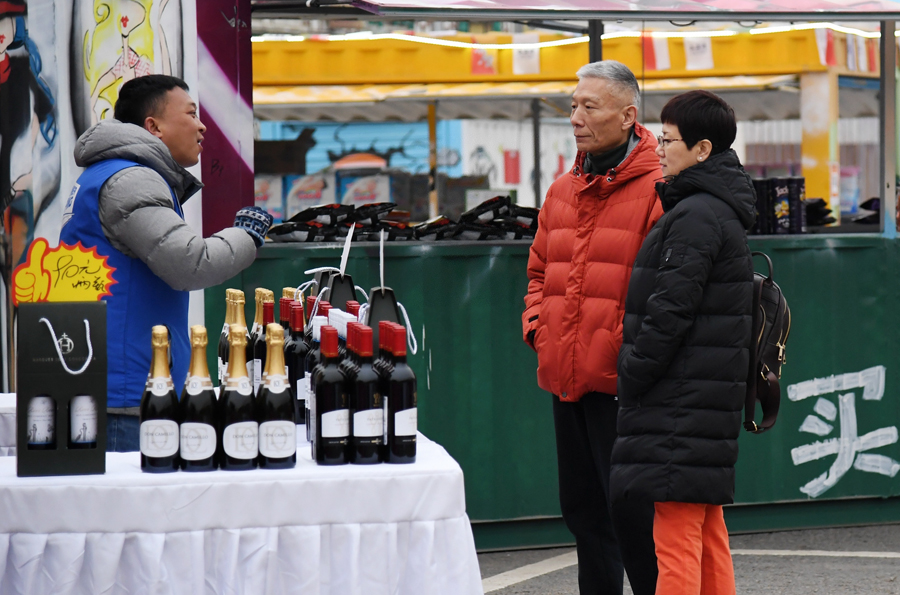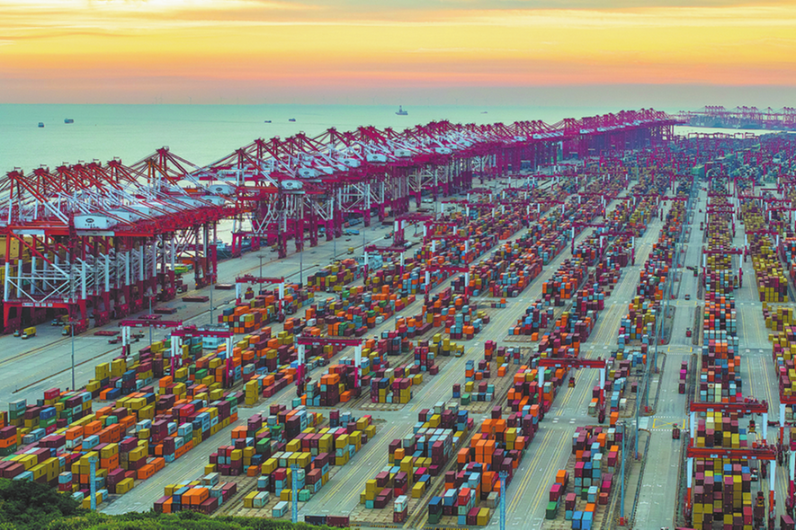Wine importers experience shaky start to 2019


Under the China-Australia Free Trade Agreement that became effective in December 2015, tariffs on Australian wines imported to China will drop 2.8 percent on Jan 1 every year after the signing of the agreement. Originally, the rate was 14 percent. By 2019, China started to levy zero tariffs on wines imported from Australia.
"The zero tariffs levied on Australian wines and the continuously opening China market, in addition to favorable business opportunities related to the Belt and Road Initiative, will be beneficial to the future growth of Australian wines," said Dong Guoshu, a wines industry analyst.
There are around 5,000 enterprises that import foreign wines in China, and with a high elimination rate, about 1,000 companies withdraw from the imported wines market every year, while a considerable number of new companies join in the sector, industry reports said.
"Building a strong brand, targeting consumers' new demands, and actively expanding new sales channels are key to successfully selling imported wines. I'm bullish on the future growth of imported wines in China, but the adjustment and short-term pains are unavoidable," said Wang Xuwei, secretary-general of department of alcohol traders under the China Chamber of Commerce for Importers and Exporters of Foodstuffs, Native Produce and Animal Byproducts.
"The depreciation of the yuan and the rise of operational and marketing costs have resulted in the profit squeeze. With a period of white-hot competition and the decline in import volumes and prices, the new cycle of the imported wine sector will comprise the fittest enterprises that survived," he said, according to a report from industry media outlet jiuyejia.com.
"It's better to sell wines directly to consumers through self-operated channels, to strengthen communication and to get closer to consumers. By eliminating sales hierarchy, importers can increase their profits," Wang advised.




































